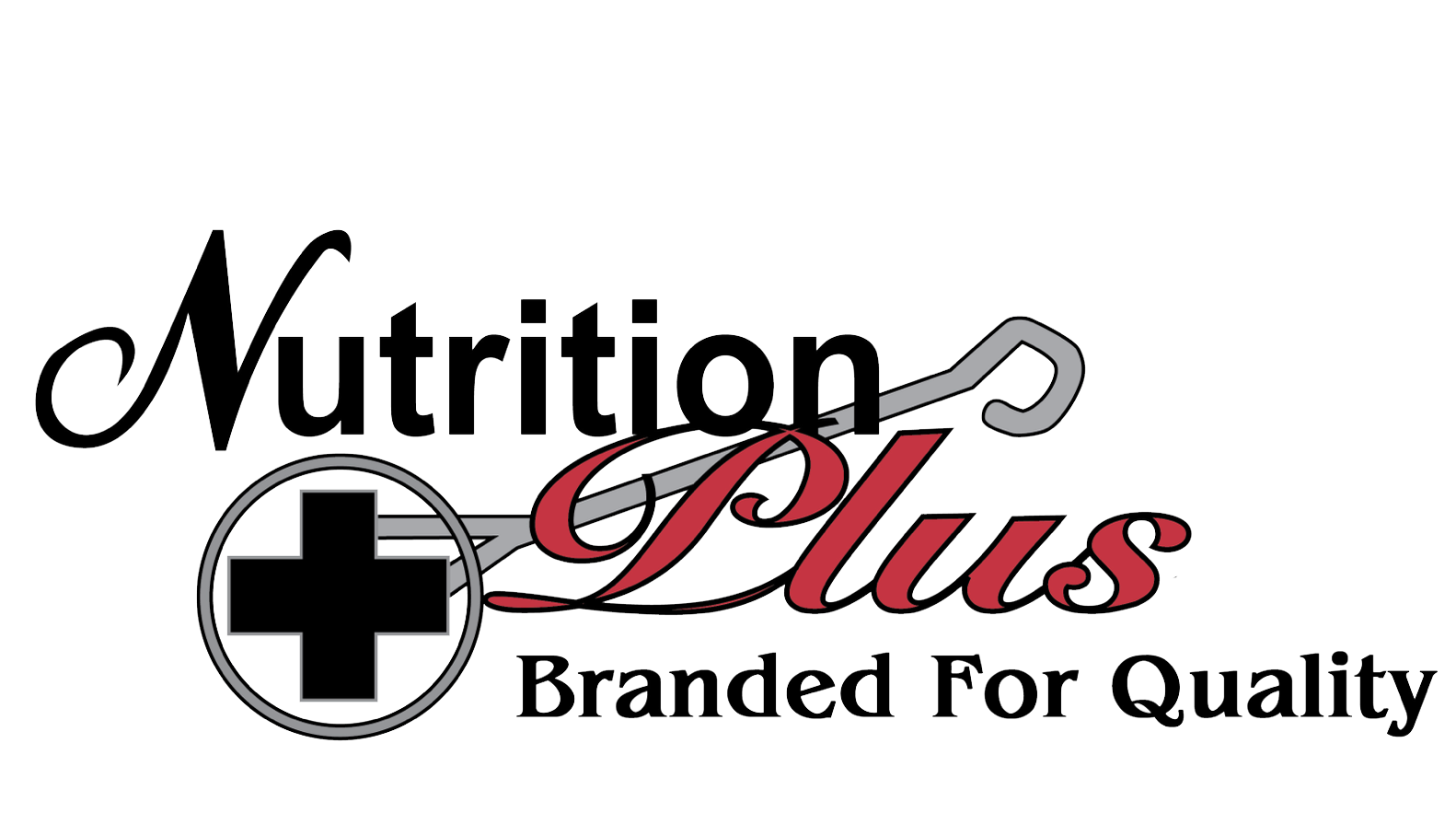In this series, we will discuss the different minerals used in Nutrition Plus products. We will go over what they are, why they are used, and the different effects on animals and their health.
Sodium is a macro mineral. This means it is a dietary mineral that is required in relatively large amounts, and it constitutes a large portion of certain body tissues and fluids. Sodium is a major cation in osmotic pressure and acid-base balance in body fluids. The transfer of nutrients to the cells and the removal of waste materials, along with the maintenance of water balance among the tissues, depends on it. It is associated with muscle contraction and the production of bile.
When deficient in sodium, signs of reduced growth and efficiency of feed utilization in growing animals is prevalent, along with reduced milk production and weight loss in adults. Lowered reproduction due to infertility in males and delayed sexual maturity in females is also caused.
Salt toxicity, which is accentuated with restriction of water intake, can occur in non-ruminants. It is characterized by staggering gait, blindness and other nervous disorders. Excess sodium results in hypertension.
A good source of sodium for animals is salt. Either free-choice or added to the ration at a level of 0.15-0.50%. In practice, sodium and chlorine are often provided together as common salt. The body contains approximately 2% sodium.

